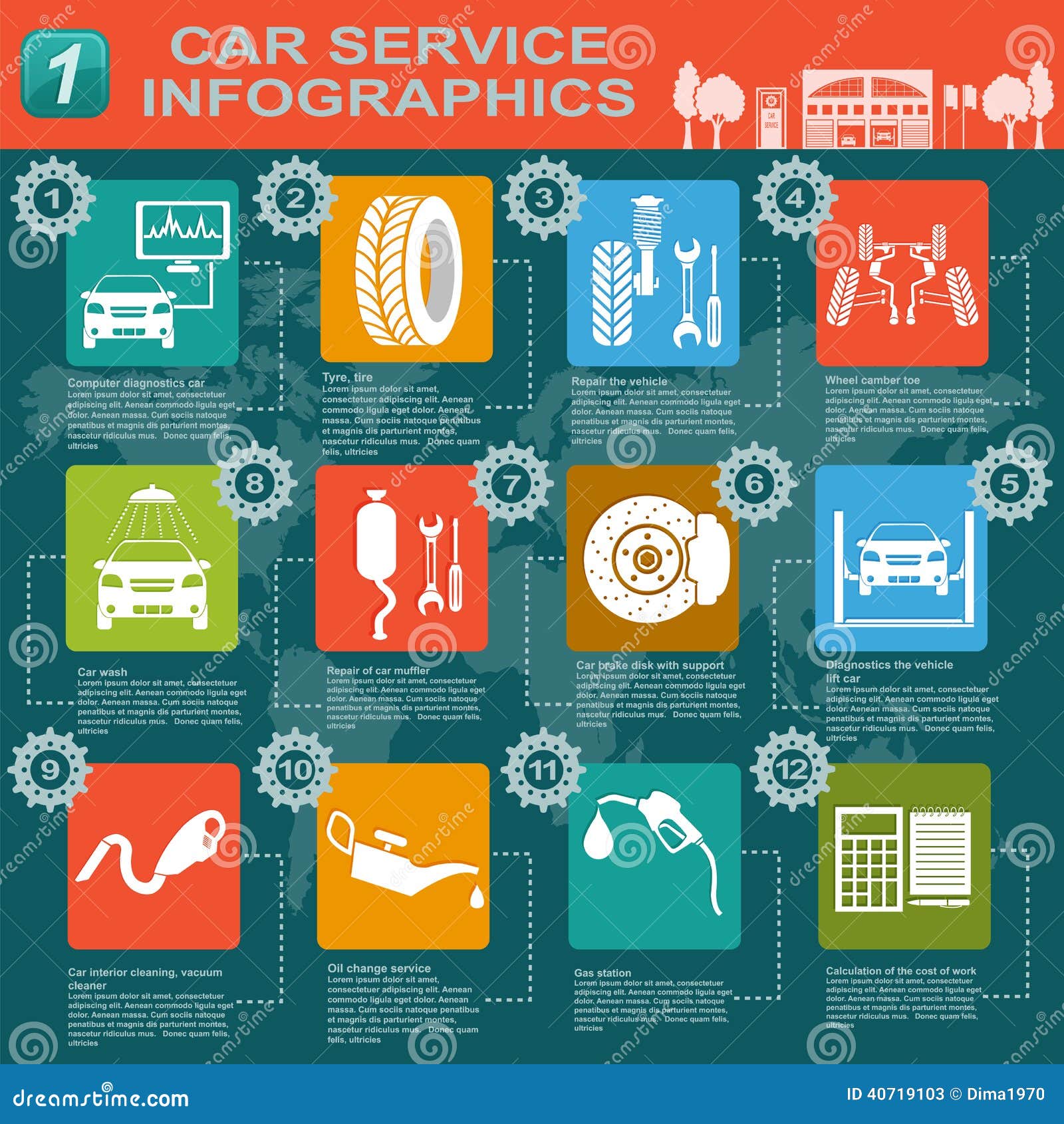When you're behind the wheel, those beautiful warning lights on your control panel can be a little bit bewildering. Do try this site recognize what they're attempting to tell you about your cars and truck's health and wellness? Comprehending the importance of these lights is important for your safety and the long life of your automobile. So, the next time among those lights appears, wouldn't you want to decode its message precisely and take the necessary actions to address it?
Common Warning Lighting and Interpretations
Determine common warning lights in your vehicle and understand their significances to ensure risk-free driving.
The most common caution lights include the check engine light, which signals issues with the engine or emissions system. If this light begins, it's important to have your automobile examined immediately.
The oil pressure cautioning light shows low oil stress, calling for instant attention to avoid engine damages.
A blinking battery light could suggest a faulty charging system, possibly leaving you stranded if not attended to.
The tire stress monitoring system (TPMS) light signals you to reduced tire pressure, affecting car stability and fuel performance. Neglecting this can lead to dangerous driving conditions.
The abdominal light suggests a trouble with the anti-lock braking system, endangering your capability to quit quickly in emergency situations.
Last but not least, the coolant temperature cautioning light warns of engine overheating, which can cause serious damage otherwise dealt with promptly.
Recognizing these typical warning lights will certainly assist you attend to issues quickly and keep risk-free driving conditions.
Relevance of Prompt Attention
Understanding the typical caution lights in your car is only the initial step; the significance of promptly addressing these warnings can not be stressed enough to ensure your security when traveling.
When a caution light brightens on your control panel, it's your auto's method of interacting a potential issue that needs interest. Ignoring these warnings can result in a lot more severe problems in the future, compromising your safety and possibly costing you much more in repairs.
bestcargroomernearme to alerting lights can stop breakdowns and accidents. For instance, a blinking check engine light could indicate a misfire that, if left unattended, could cause damages to the catalytic converter. Resolving this immediately can conserve you from a costly repair work.
Likewise, a brake system cautioning light may signify reduced brake fluid or worn brake pads, crucial elements for your safety when driving.
DIY Troubleshooting Tips
If you observe a warning light on your control panel, there are a couple of DIY fixing suggestions you can attempt before looking for expert aid.
The primary step is to consult your car's manual to comprehend what the certain warning light shows. Often the problem can be as basic as a loosened gas cap causing the check engine light. Tightening the gas cap may settle the issue.
One more typical issue is a low battery, which can cause various alerting lights. Examining the battery connections for deterioration and guaranteeing they're safe and secure may repair the problem.
If a caution light continues, you can try resetting it by disconnecting the vehicle's battery for a few minutes and afterwards reconnecting it. In addition, inspecting your automobile's fluid degrees, such as oil, coolant, and brake liquid, can aid troubleshoot advising lights associated with these systems.
Conclusion
To conclude, comprehending your auto's caution lights is vital for maintaining your lorry running smoothly and securely. By immediately dealing with these alerts and understanding what they suggest, you can prevent pricey fixings and prospective break downs.
Remember to consult your vehicle's manual for certain information on each cautioning light and do something about it accordingly to make certain a trouble-free driving experience.
Remain educated, remain safe when traveling!
